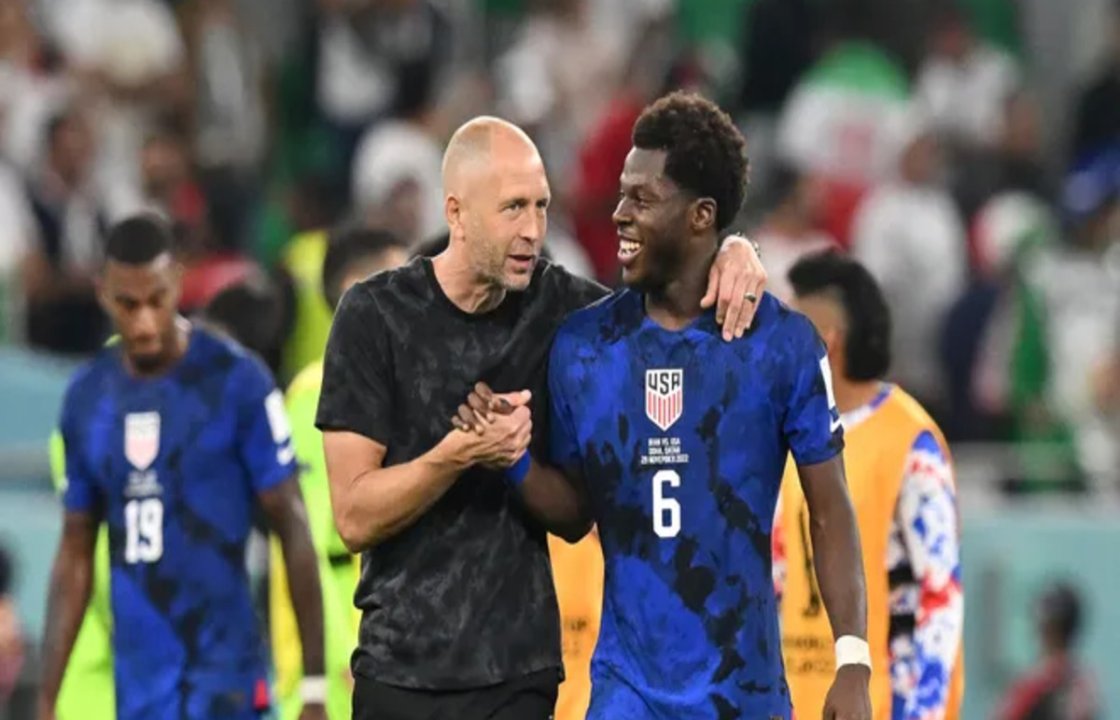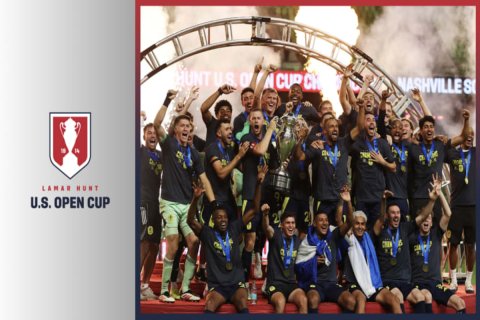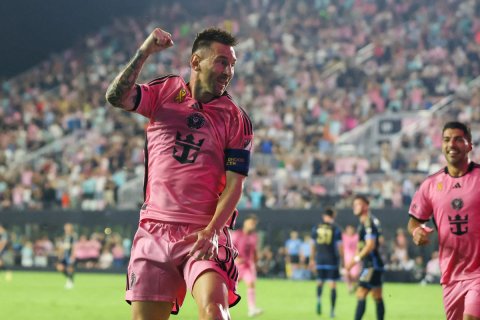The U.S. Men’s National Team (USMNT) finds itself in a unique moment, caught between the legacy of its former stars and the ambitions of a new generation of players eager to define American soccer on the global stage.
The Weight of Legacy
For decades, names like Landon Donovan, Clint Dempsey, Michael Bradley, and Tim Howard carried the USMNT through World Cup campaigns, Gold Cup battles, and historic victories. These players represented the grit and determination that made American soccer respected, even when it lacked the refined technical style of traditional powers. Their careers built the foundation for today’s stars, and their voices still resonate in interviews, podcasts, and pundit commentary.
However, this influence has also created tension. The former players often feel their experience grants them the right to critique the team’s current direction. They speak openly about leadership, accountability, and standards, often contrasting the present with what they perceive as a more disciplined past. This has created an environment where the new generation feels under constant scrutiny, not just from fans and media, but from the very heroes they once admired.
The Rise of the New Generation
The USMNT of today is defined by youth, talent, and European experience. Players like Christian Pulisic, Weston McKennie, Tyler Adams, Gio Reyna, and Yunus Musah are the faces of a team built differently from the past. Unlike their predecessors, they are growing up in the heart of European club soccer, competing weekly in the Premier League, Serie A, Bundesliga, and La Liga.
This exposure has raised expectations. Fans see a team that should no longer simply aim to qualify for the World Cup but should instead compete with the world’s elite. Yet, this rise has not silenced the old guard. If anything, it has heightened the contrast between generations. Former players argue that raw talent must be matched with discipline, unity, and mental toughness. The current generation pushes back, confident that their path—marked by exposure to the highest levels of competition—justifies a different approach.

Public Criticism and Its Effects
One of the key sources of tension is the public platform that former players now occupy. Many are broadcasters, analysts, or podcasters. Their words carry weight, and when they criticize the current USMNT, headlines quickly follow.
The 2022 World Cup in Qatar amplified this tension. While the team advanced from the group stage and showed flashes of brilliance, it also struggled with consistency and internal disputes, most notably the highly publicized conflict involving Gio Reyna and Gregg Berhalter. Former players were vocal, questioning leadership decisions, player attitudes, and team cohesion. These critiques, though sometimes valid, often blurred the line between constructive analysis and personal frustration, deepening the rift between past and present.
For the current squad, this criticism can feel less like mentorship and more like policing. Young stars want to build their own identity, not live in the shadow of a generation that, while admirable, never advanced beyond the quarterfinals of a World Cup.
Generational Differences in Mentality
Much of the tension boils down to mentality. The old guard grew up in an era where American soccer was fighting for relevance. They were accustomed to skepticism, playing with a chip on their shoulder, and proving to the world that the U.S. could compete. Their mindset was forged in adversity.
The new generation has a different starting point. They are no longer outsiders looking in; instead, they are integrated into top European clubs, surrounded by world-class teammates. Their ambition is not to prove that the U.S. belongs but to prove that the U.S. can win. This shift in mentality is powerful, but it also creates misunderstandings with those who came before.
Former players often stress toughness, sacrifice, and humility. Current players emphasize confidence, flair, and ambition. Neither side is wrong, but the disconnect lies in how they value different qualities of leadership and identity.
The Role of Coaching in Bridging the Divide
The coaching staff plays a crucial role in mediating this generational clash. Gregg Berhalter, in particular, has faced criticism not just from players but from former teammates and analysts. His management style—focused on team culture and tactical discipline—has been praised by some and rejected by others.
Former players often argue that Berhalter’s approach lacks the intensity required at the highest level, while younger players credit him with building a sense of unity. The disconnect between external criticism and internal support highlights how difficult it is to balance past expectations with present realities.
Ultimately, coaches must build a bridge between honoring the history of the program and empowering the new generation to evolve without feeling trapped by constant comparisons.

A Path Toward Unity
The USMNT stands at a crossroads. With the 2026 World Cup on home soil, expectations are higher than ever. The team has the talent to compete at a historic level, but internal unity will be just as important as tactical preparation.
If former and current players can find common ground, the USMNT will benefit from a blend of experience and innovation. The wisdom of the past can complement the ambition of the present, but only if both sides embrace dialogue rather than division.
Respect must flow both ways. The younger generation must acknowledge the sacrifices that paved the way for their opportunities, while the older generation must recognize that evolution is essential for progress. The USMNT’s future success will depend on whether it can transform tension into collaboration.
Lessons Beyond the National Team
This conversation is not just about the USMNT; it is about how teams and organizations evolve across generations. Change always brings friction, especially when legacy and tradition are involved. Yet, history shows that the most successful teams are those that embrace change without losing their identity.
At SIA Academy, we live this balance every day. Our mission is to prepare young players to succeed in the modern game, which demands technical quality, tactical awareness, and mental resilience. But we also remind them of the importance of respecting those who came before, learning from their experience, and valuing the traditions of the sport. Just like the USMNT, our players must find the sweet spot between honoring the past and embracing the future. In doing so, they become not only better athletes but also stronger leaders on and off the pitch.






